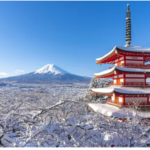Posted inGeneral
Exploring the Stormiest Places in the World
For those of us who enjoy seeing lightning and hearing thunder, as well as the approaching Cumulonimbus clouds as they develop, thunderstorms are some of the most spectacular events that…
